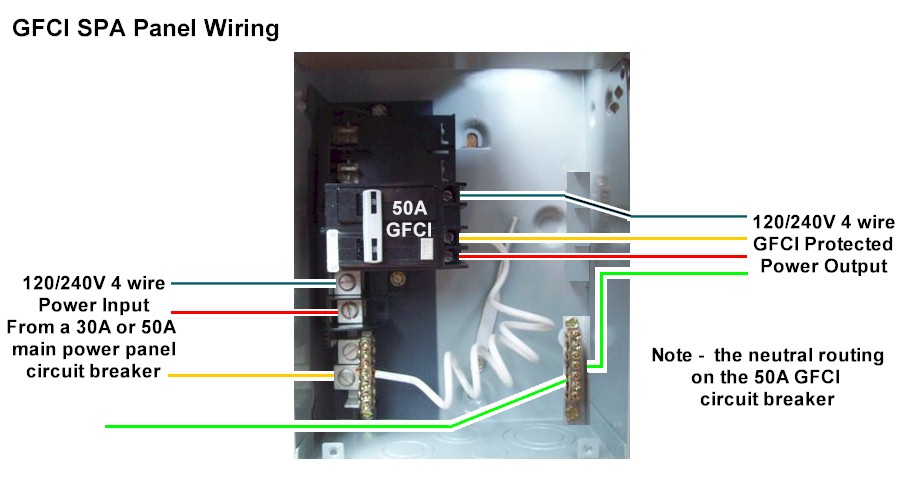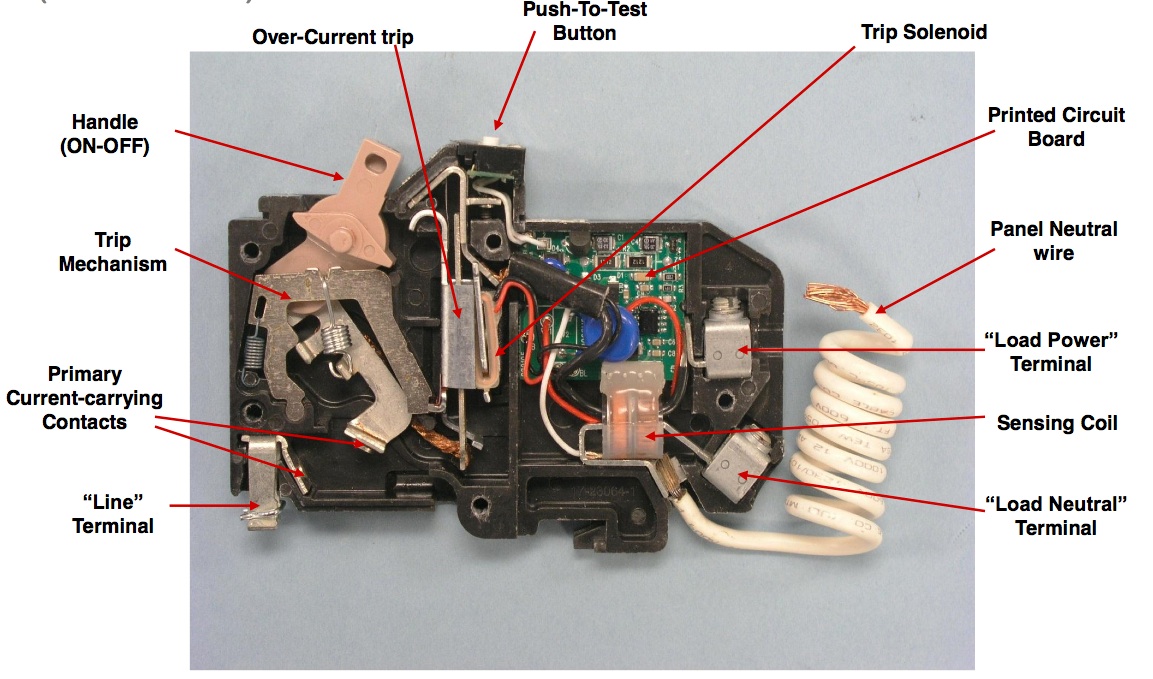Back in February I bought a Midwest Spa panel from ebay and didn't get it hooked up until this summer.
Well, I could not engage that breaker at all so I contacted the seller to get a replacement.
In the mean time I have been using a regular breaker to brew with.
It took until yesterday to finally get the other breaker that he had lying around.
This one didn't work either.
I used this diagram.
I disconnected the load.
I checked all of the voltages.
Made sure there was no continuity between load and neutral.
I even tried to wire it this way to see if that would work.
A few other things I noticed. The first break would just not engage while the second threw my main panel breaker and had some sparks on that load side that showed continuity with the neutral.
Is there anything else I should check on my wiring?
But my main question is:
Is there a way to test a GFCI breaker?
The new breaker he sent has continuity between one of the load leads (On the same pole as the neutral pigtail) and the neutral lug.
In this diagram it would be between the Red and Yellow Line going from the breaker.

Well, I could not engage that breaker at all so I contacted the seller to get a replacement.
In the mean time I have been using a regular breaker to brew with.
It took until yesterday to finally get the other breaker that he had lying around.
This one didn't work either.
I used this diagram.
I disconnected the load.
I checked all of the voltages.
Made sure there was no continuity between load and neutral.
I even tried to wire it this way to see if that would work.
A few other things I noticed. The first break would just not engage while the second threw my main panel breaker and had some sparks on that load side that showed continuity with the neutral.
Is there anything else I should check on my wiring?
But my main question is:
Is there a way to test a GFCI breaker?
The new breaker he sent has continuity between one of the load leads (On the same pole as the neutral pigtail) and the neutral lug.
In this diagram it would be between the Red and Yellow Line going from the breaker.



